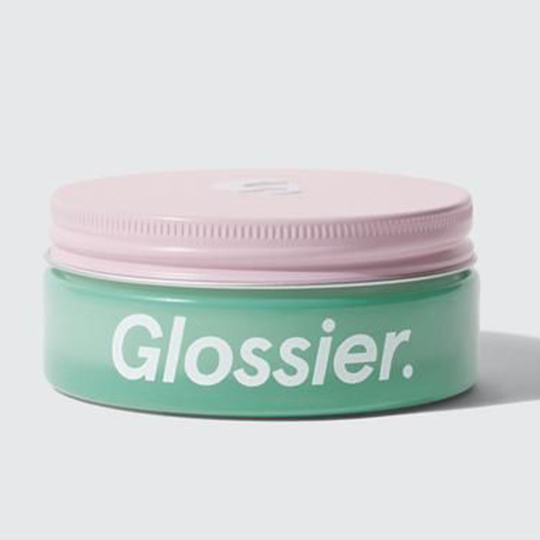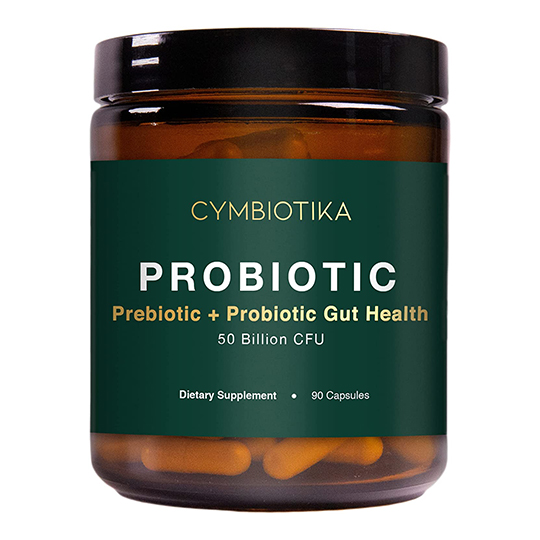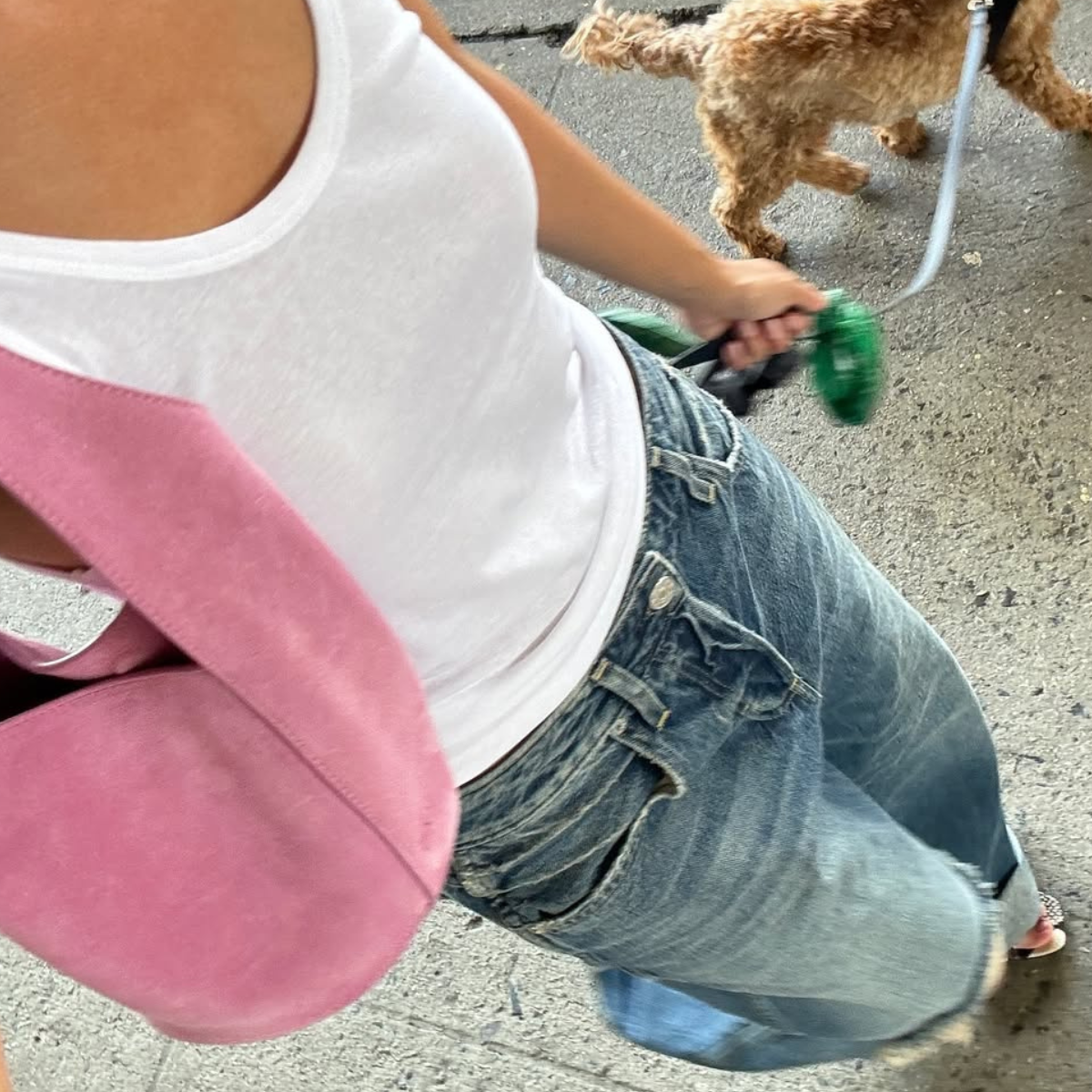I Developed Perioral Dermatitis Practically Overnight—Here's What Helped
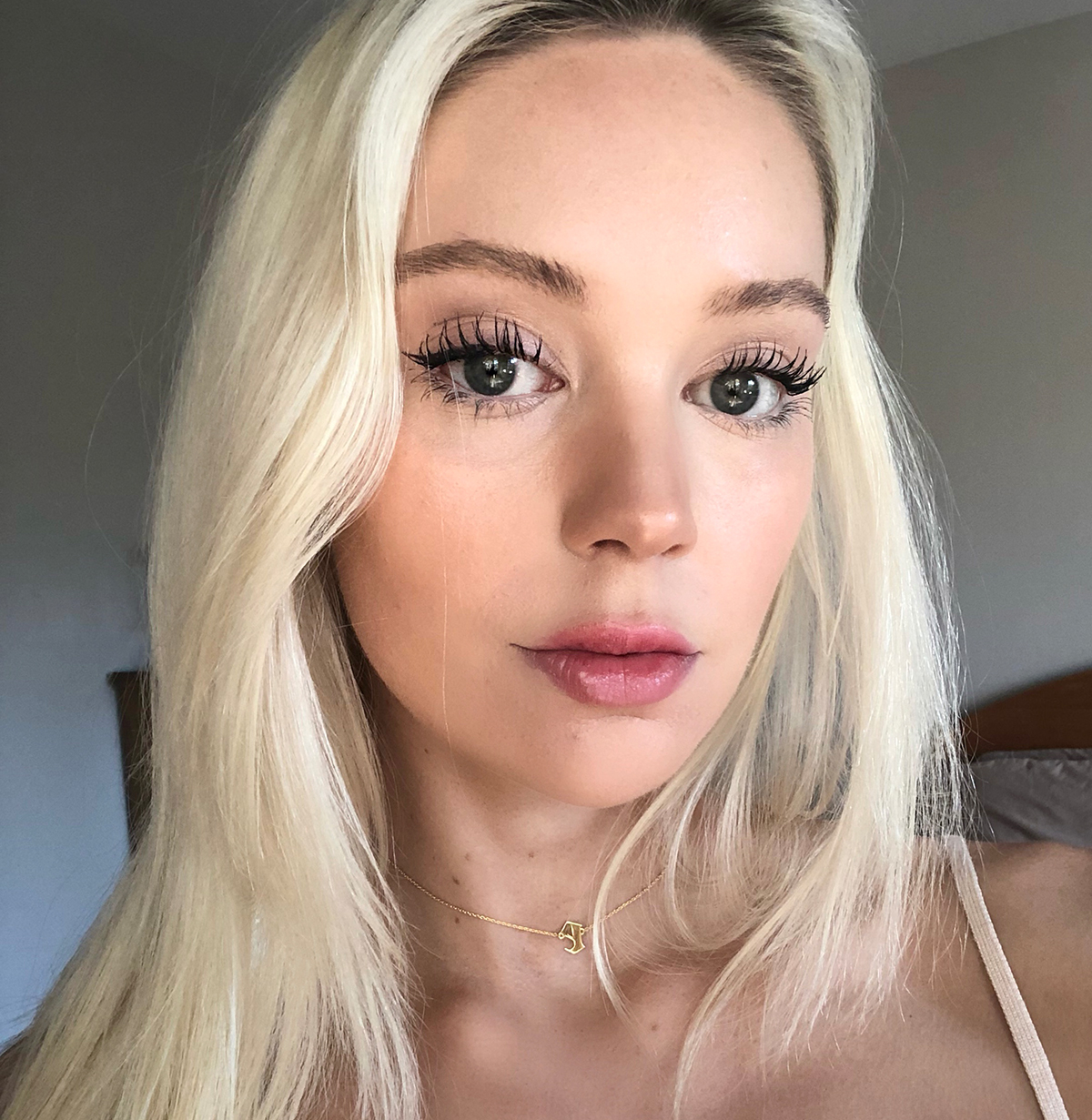
Let me be clear: The above picture is not even remotely close to what my skin looked like from December 2021 to February 2022. (Guys, this is definitely an after.) And while I very much wish I could supply you with a before, I was so traumatized by the complete 180 my skin did last fall that I quite literally didn't take even one photograph. To be completely honest, I wanted to crawl into the deepest, darkest black hole planet earth could offer me, never to return.
As much as I hate to say it, and as much as I wish I was above feeling self-conscious about less-than-perfect skin, I was in a complete state of panic, anxiety, and depression. Practically overnight, my skin had gone from clear, even, and glowy, to red, inflamed, and bumpy—mostly around my chin, mouth, and nostrils. Sure, that might seem dramatic, and there are certainly far worse things happening in the world than my all-of-a-sudden inflamed skin, but I think anyone who has dealt with any type of skin condition will understand the toll it can take on your psyche and self-confidence. Especially when you have no clue what it is, what caused it, or how to treat it.
I talk more about what happened here, but after a few weeks of research and product experimentation and little to no improvement (in fact, the redness and bumps only seemed to get worse, spreading like wildfire), I booked an appointment with a dermatologist in Arizona where I was living at the time. After talking to a friend who had something similar happen and was diagnosed with perioral dermatitis, I had a hunch that was what I was dealing with. But I wanted to consult a professional A) to confirm and B) for a treatment plan.
Sure enough, my derm only needed to look at my skin for two seconds before proclaiming that the rash-like spread of bumps and pustules around my nose and mouth was perioral dermatitis—likely triggered by stress and/or a recent overuse of active skincare products. To help clear the situation, he prescribed me a specialized antibiotic, and while he said the PD could come back eventually, the treatment would clear it up. (Spoiler: It worked like a charm!) Even after my skin had cleared, however, I was curious about PD. According to my research, it's very much on the rise, and way more likely to affect women—Hailey Bieber has even said it's something she struggles with.
Since it's still a bit of a murky topic, and since, apparently, lots of other people are probably also dealing with PD, I decided to reach out to more experts in the industry to get their take—what perioral dermatitis is, what products to use and avoid, and what the "ultimate" if I may, skincare protocol would look like for people struggling to get their inflammation under control. Of course, you'll most definitely want to book an appointment with a professional—I definitely don't recommend self-diagnosing—but consider this a helpful, supplementation resource. Keep scrolling! Everything you ever wanted to know about PD is just ahead.
First of all, what the heck is perioral dermatitis?
According to Joshua Zeichner MD, FAAD, Perioral Dermatitis is thought to be a cousin to rosacea, is often mistaken for acne, and is a rash characterized by red bumps and pus pimples around the mouth and nose. (If you want a reference to what my face looked like in a matter of just weeks, click on that hyperlink above.) Oh, and one more fun fact: about 90% of cases are found in women.
"The cause is unclear, but the condition is thought to be associated with the use of cortisone creams, heavy ointments, fluorinated toothpaste, hormonal changes, over-exfoliation, and most recently, wearing face masks," notes Zeichner. "Similar to rosacea, the skin likely develops a sensitivity to the environment and over-reacts with extra inflammation, leading to the characteristic bumps."
Interestingly, I had been wearing face masks less in Arizona (where they weren't mandated), but I had gone a little heavy with a couple of new active/exfoliating skincare products which might have injured my skin barrier and triggered that inflammatory response Zeichner mentioned. I was also going through an especially stressful time emotionally which could have played a part as well. Unfortunately, I'll never really know, and as my dermatologist told me upon the diagnosis, there are still a lot of unknowns surrounding the condition.
Products to prioritize and avoid if you have perioral dermatitis:
Prioritize: Both Zeichner and Sofie Pavitt, a New York-based esthetician and acne whisperer, agree that the best products for dealing with perioral dermatitis are benign, protective formulas that will help calm, soothe, and repair an aggravated skin barrier. "Gentle, protective products are key when treating something like Perioral Dermatitis," confirms Pavitt. "An occlusive moisturizer such as Glossier's After Baume ($28) would be perfect; it's a great barrier cream that protects the skin after application and immediately soothes inflammation. It also has the National Eczema Association Seal of Acceptance so it's perfect for the most sensitive skin." Additionally, Zeichner notes you'll want to stick to ultra-gentle cleansers that won't disrupt the outer skin layer.
Oftentimes, you'll need to combine the right skincare regimen with an antibiotic prescribed by your dermatologists, such as tetracycline or erythromycin to fully clear the skin—I took the former for about two weeks which worked wonders. (Just be sure to incorporate a high-quality probiotic to keep your gut health in check—I'm obsessed with the below from Cymbiotika.)
Avoid: If you're taking any type of hydrocortisone cream (without a doctor's okay) stop using it, and if you're taking a prescription corticosteroid, consult with your doctor to see if you can stop applying it. While these types of treatments might seem helpful, they can easily trigger or worsen perioral dermatitis. Pavitt also recommends avoiding any "active" products that include harsh ingredients like acids and retinol. (Fear not—you'll be able to resume your regimen once the condition completely clears.)
The expert-approved skincare protocol for perioral dermatitis:
"You'll want to think simple, simple, simple, when creating a skincare routine if you have PD," says Pavitt. "Don't overthink it—the most basic of routines is the right direction for treating the condition, and if it reoccurs, look at lifestyle triggers that might be causing it. And while it's difficult, remember to be patient; it might take a little time to clear!"
The morning routine:
Cleanse with something über-gentle:
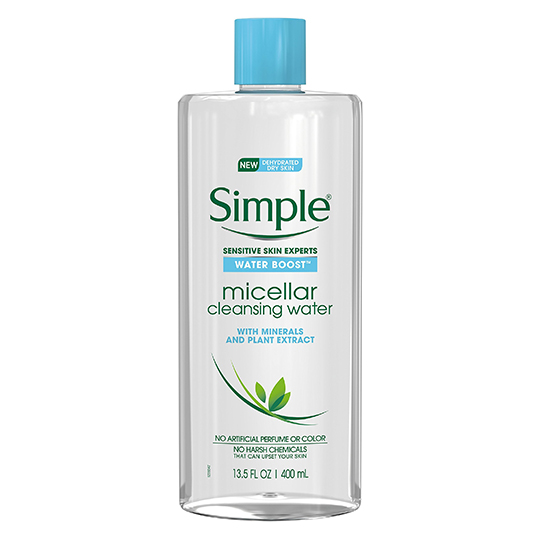
"I love Simple's Micellar Cleansing Water—Micellar technology is among the most gentle cleansers for the skin, making it ideal for people with sensitivity. Think of micelles as traps that pull soiling from the skin. They are ideal for daily use, and I like them for the morning since they don't over-strip the skin."—Zeichner
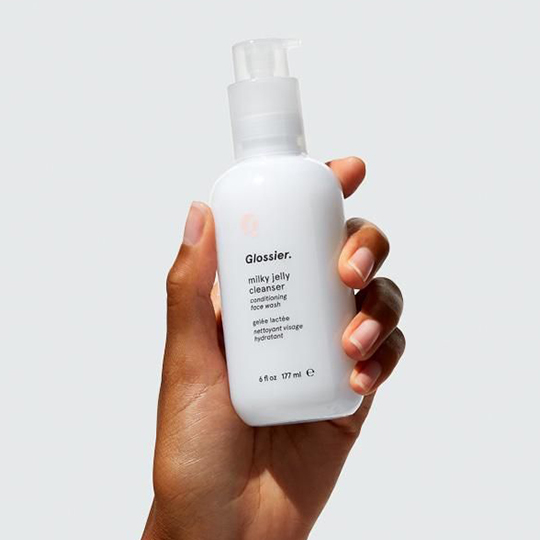
"Try starting with a gentle non-irritating cleanser such as Glossier's Milky Jelly Cleanser, and pat the skin dry."—Pavitt
Apply a skin-protecting moisturizer:
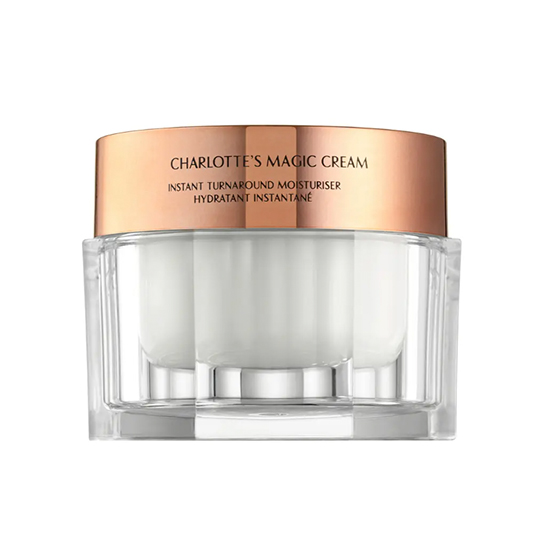
"Using a moisturizer to hydrate and protect the skin is essential. Charlotte Tilbury Magic Cream calms the skin with shea butter, hyaluronic acid, and soothing botanicals that protect the skin against environmental aggressors." —Zeichner
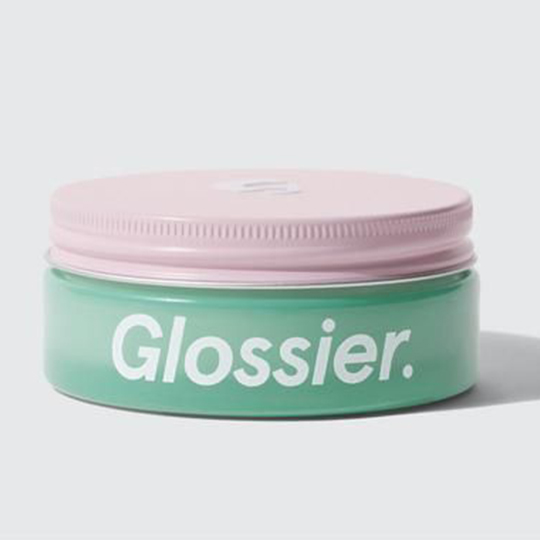
"After Baume is perfect. Just warm it in your hands a bit to melt the texture down a little. It's a great barrier cream that would protect the skin after applying and helps soothe angry, inflamed skin."—Pavitt
Finish with a lightweight SPF:
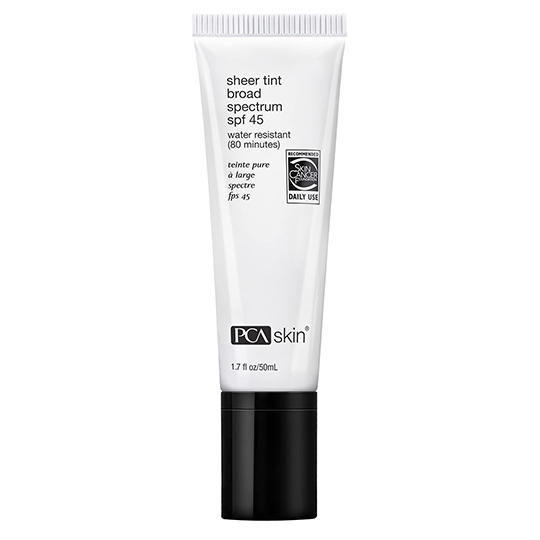
"Generally speaking, mineral-based sunscreens that use zinc oxide tend to be the best-tolerated options on the market. For cosmetic coverage, you can try a tinted option. So long as you are not irritated you can use chemical sunscreen, it just depends on how sensitive your skin is. PCA Skin's Sheer Tint Broad Spectrum SPF 45 uses mineral-only protection with a universal tint that can be used on almost all skin tones."—Zeichner
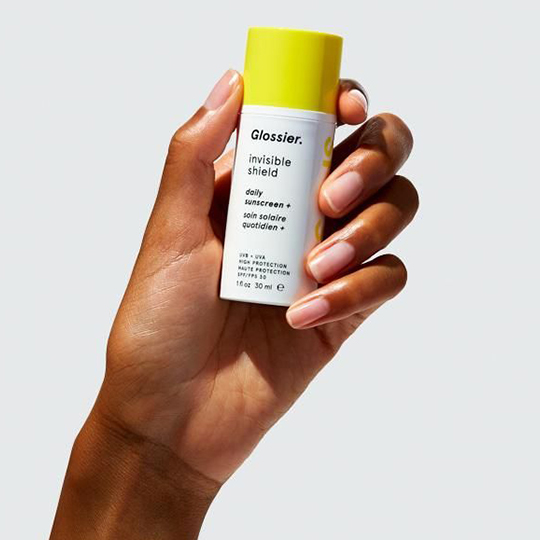
If you tolerate chemical formulas, Pavitt likes this one from Glossier, which is light and completely invisible on top of the skin.
The evening routine:
Both Pavitt and Zeichner agree that you can totally use the same basic protocol for both morning and evening (aside from the sunscreen, of course), but if your budget bandwidth allows, there are a couple of tweaks you could make pre-bedtime.
Try a *slightly* stronger cleanser:
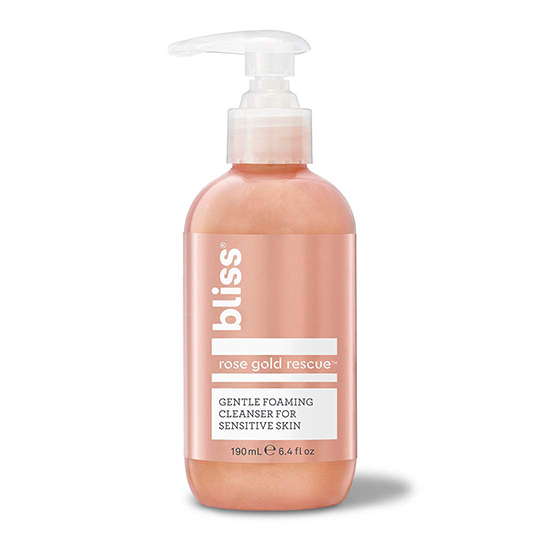
"I usually recommend a stronger cleanser at the end of the day, compared to the morning. At night it's especially important to remove dirt, oil, and environmental soiling that build up on the skin during the day. Bliss's Rose Gold Rescue Face Wash is a gentle foaming wash with rosewater to clean the skin without disrupting the outer skin layer."—Zeichner
Cool inflammation with an ice roller:
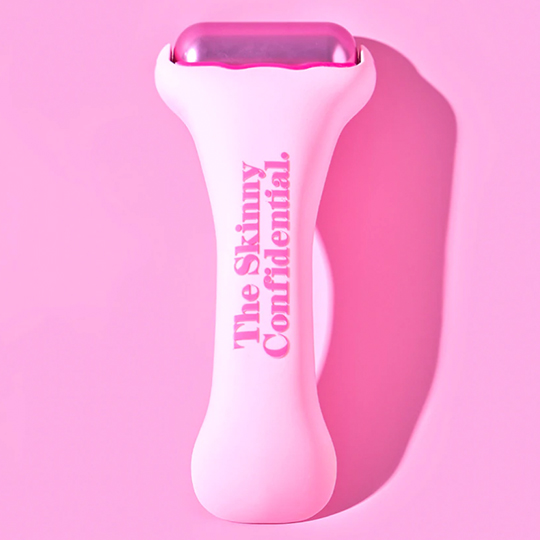
"After cleansing, try using an ice cube or a cold roller to calm the skin before applying your moisturizer. This will feel amazing!"—Pavitt
Use a night cream with lanolin:
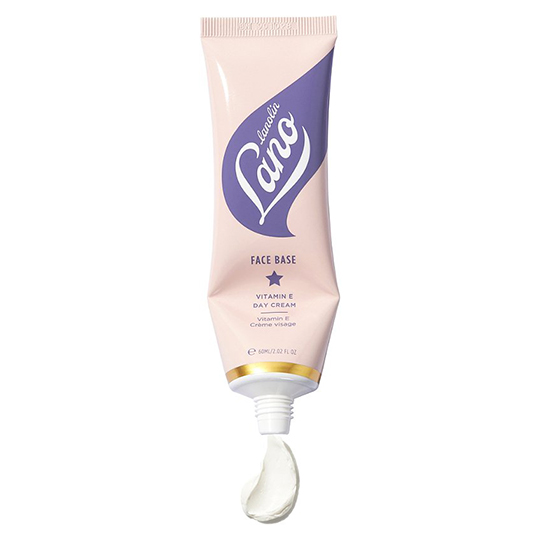
"We know that the skin undergoes circadian rhythms, where specific activities occur in the morning and others in the evening. Skin hydration levels have been shown to naturally decline in the afternoon and evening, which is why a night cream is important. The Lano Face Base protects the skin with its hero ingredient lanolin. Lanolin is made naturally by sheep and is the compound responsible for waterproofing sheep's wool. It has the same protective and emollient benefits when used in skincare."—Zeichner
Shop more products that helped with my PD:
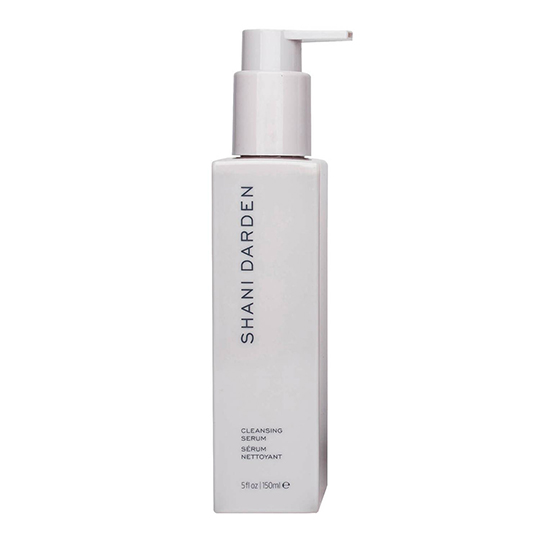
A hydrating, super-gentle cleanser that won't strip or irritate the skin.
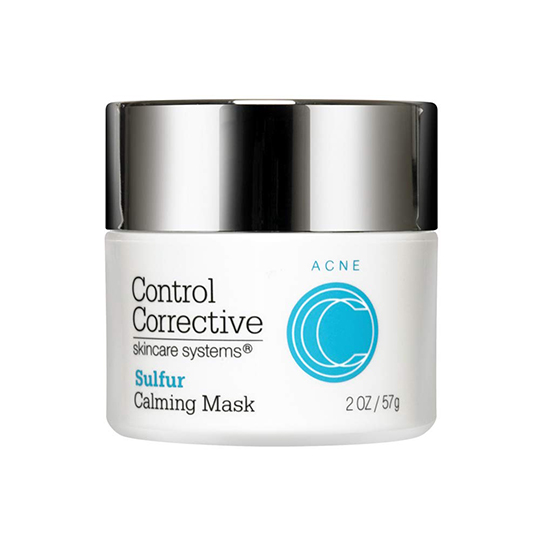
Celebrity facialist Shani Darden recommended that I use this sulfur mask to help clear my bumps and irritation. It's a therapeutic formula that soothes while simultaneously slurping up excess oil and relieving redness. It also works wonders as a spot treatment, and I've kept it in my product arsenal even post-PD.
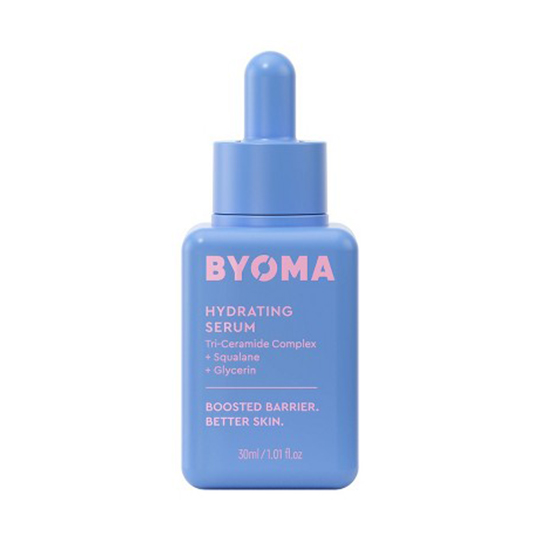
To give my skin an extra boost of barrier-protecting hydration, this dew-inducing hydrating serum from Byoma came in clutch.
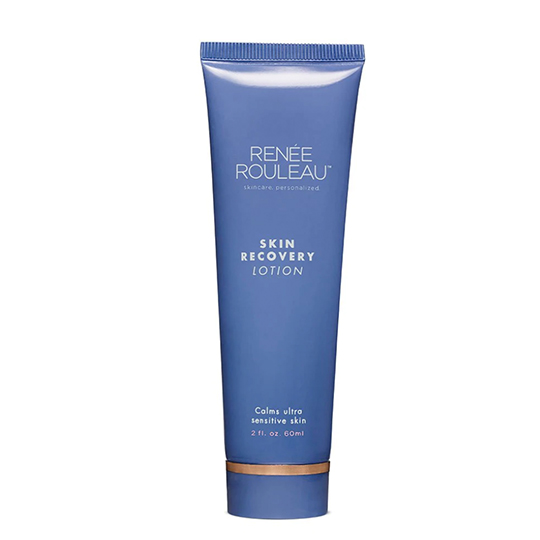
I've relied on this gentle, oil-free moisturizer for years during various skin trials and tribulations. Once again, it proved itself an MVP while I tried to soothe and banish my PD outbreak. An always and forever favorite.
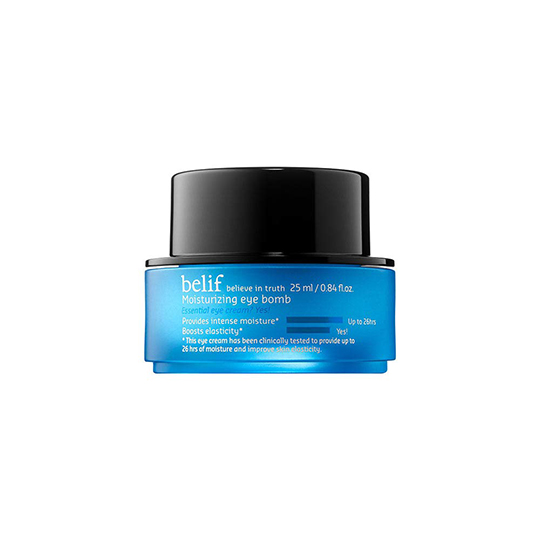
I know you guys are sick of hearing me talk about this eye cream, but it's quite literally my favorite product of all time. You've never know under-eye hydration until you've tried it!
Next: This New $16 Serum Replace My $245 One, and My Skin Looked Better in One Week
Erin has been writing a mix of beauty and wellness content for Who What Wear for over five years. Prior to that, she spent two and half years writing for Byrdie. She now calls Santa Monica home but grew up in Minnetonka, Minnesota, and studied writing, rhetoric, and communication at University of Wisconsin, La Crosse. She studied abroad in Galway, Ireland, and spent a summer in L.A. interning with the Byrdie and Who What Wear family. After graduating from UW, she spent one year in San Francisco, where she worked as a writer for Pottery Barn Kids and PBteen before moving down to L.A. to begin her career as a beauty editor.
